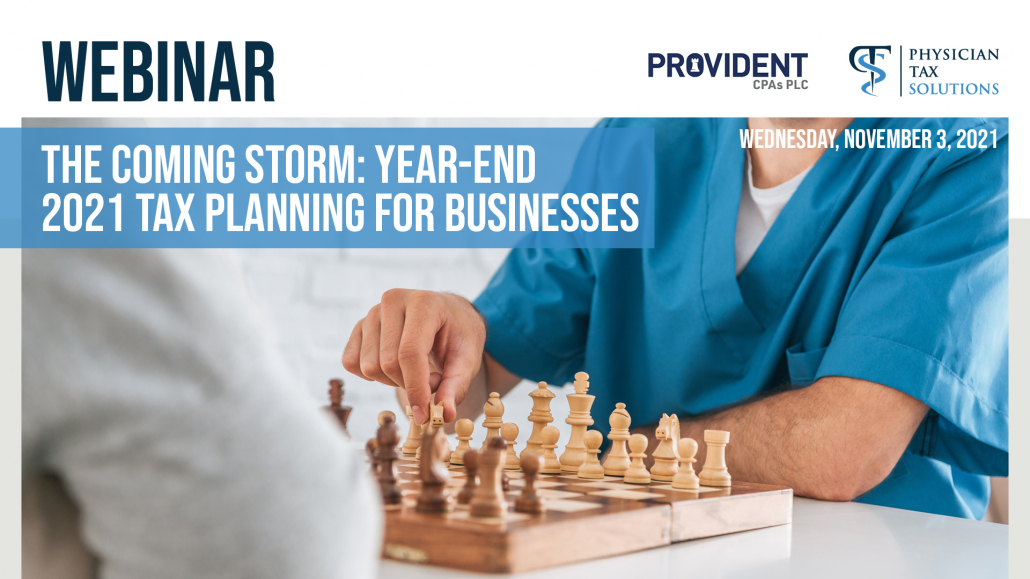Archive for November 2021
How to Hire Your Business’s First Employee
As a business owner, getting extra help is a crucial step towards growth. Here’s what you need to do when hiring your first employee. Key takeaways: Decide between a regular employee vs. contractor Get tax ID numbers Register with the labor department Gather the right forms Set up a payroll system Create a benefits strategy…
Read MoreDo I Have to File Multiple State Tax Returns?
Working in more than one state? You might need to file multiple tax returns. Key takeaways: You need to file multiple state tax returns if you live in one state and work in another, moved states and employers, or received income property from a place you own in another state. A non-resident is someone who…
Read More8 Tips for Running a Family Business Well
It’s challenging to keep strong emotions and conflict out of family businesses. These tips will help ensure operations stay on track. Key takeaways: 8 tips when running a family business: Consider the domino effect Let go of grudges Improve communication Create clear work boundaries Stay objective Set clear roles and responsibilities Focus on the benefits…
Read MoreThe Coming Storm: Year-End Tax Planning for Businesses
The Coming Storm: Year-End Tax Planning for Businesses
What to Know About Taxes When Working Abroad
More people are becoming digital nomads, living and working in other countries. Here’s what you should know about US tax obligations if you work abroad. Key takeaways: You still must file a tax return and pay any applicable taxes in the US when living and working abroad. You may qualify for the foreign earned income…
Read More




